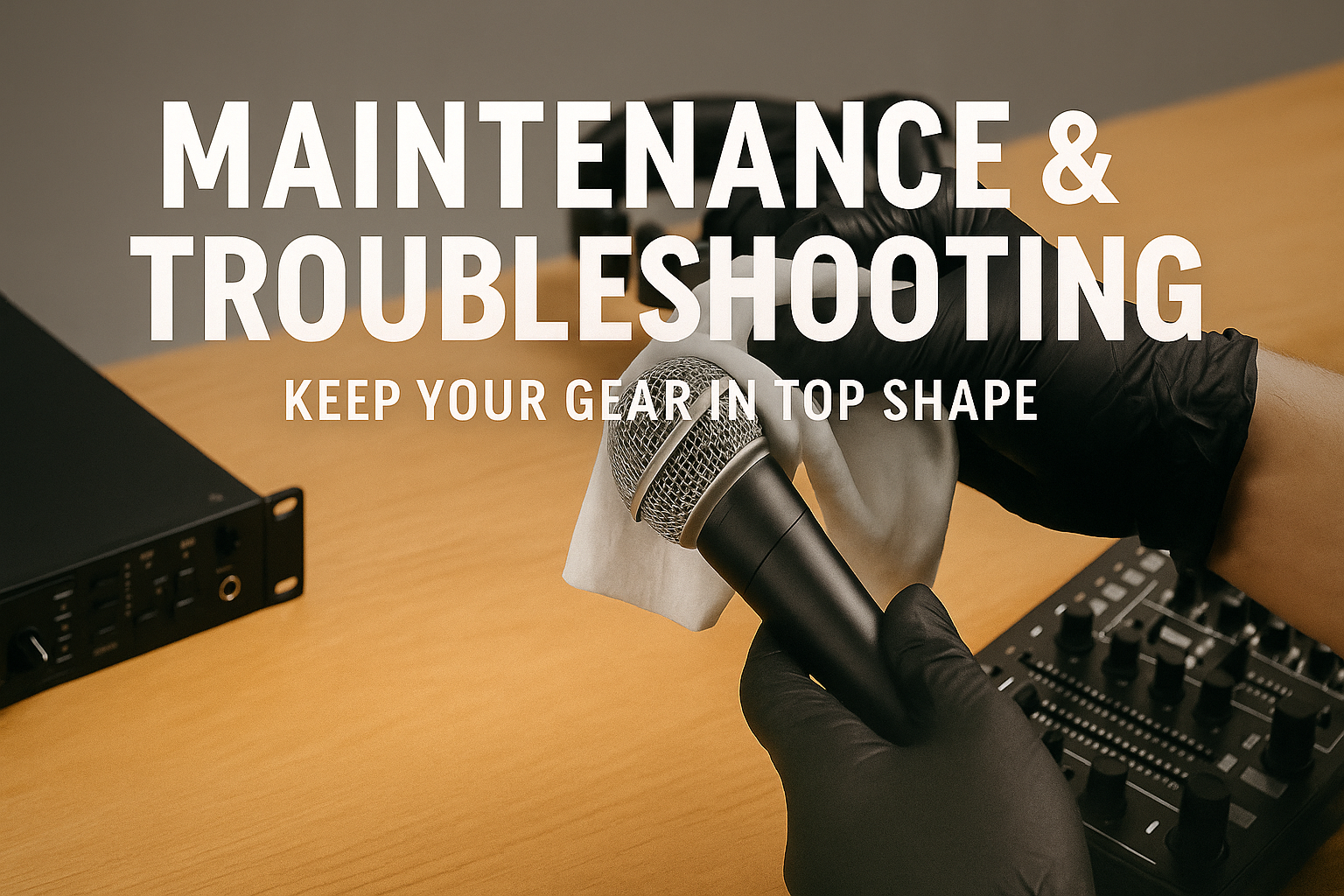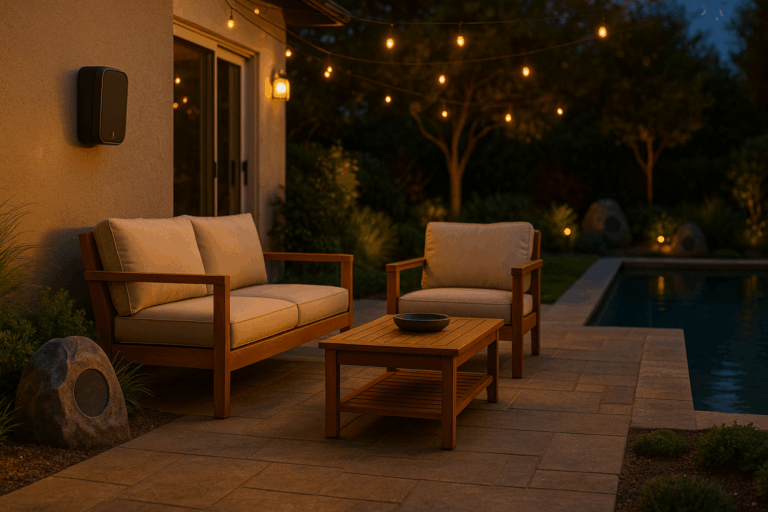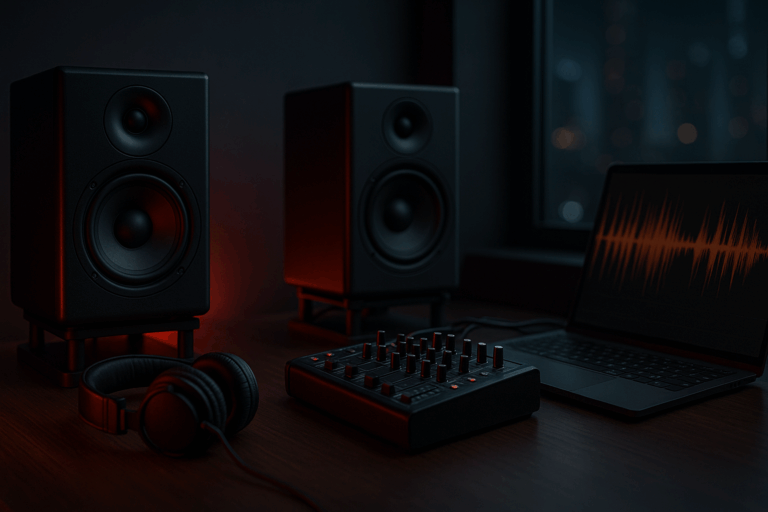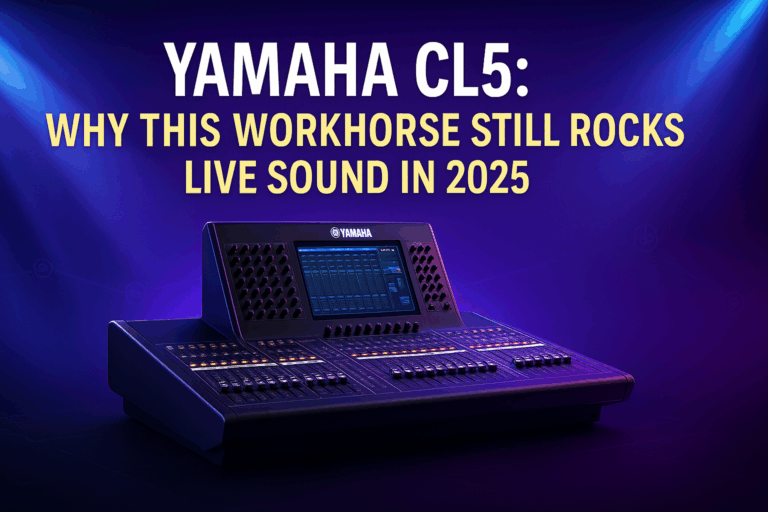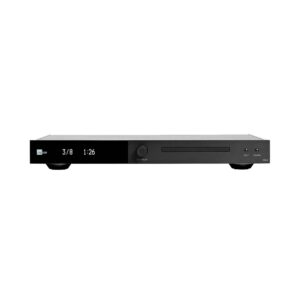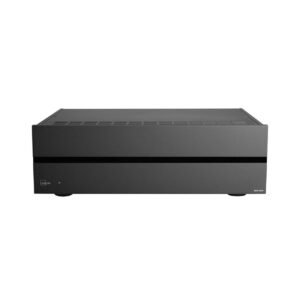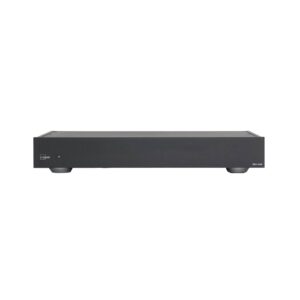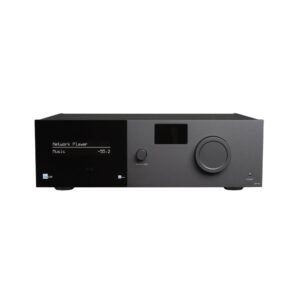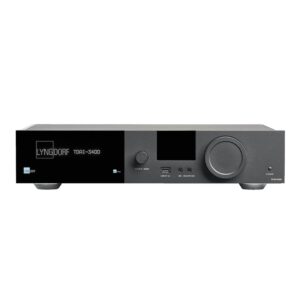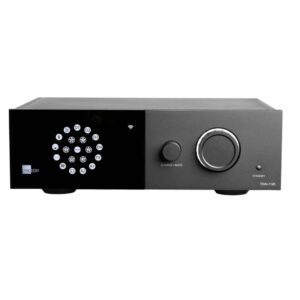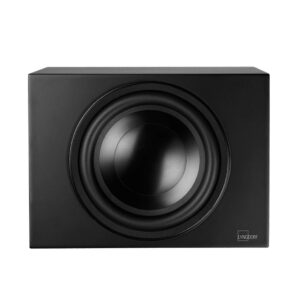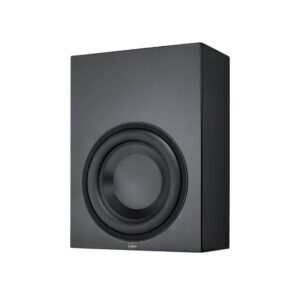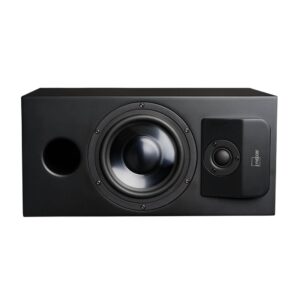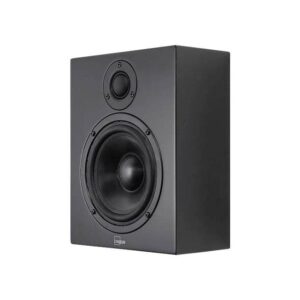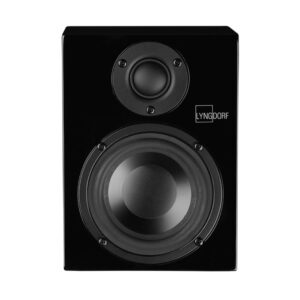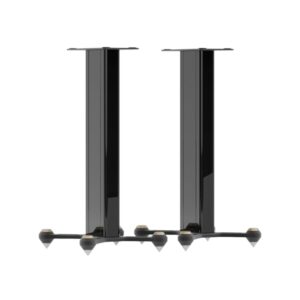Even the best equipment needs upkeep. Regular maintenance and a systematic approach to problems will save time and frustration. Here’s how to keep your studio running smoothly:
Routine Maintenance
Cleaning: Dust and dirt can degrade sound and cause gear malfunctions. Wipe down speakers, mixers, and cabinets regularly with a soft cloth. For keyboard controllers and mic grilles, use canned air or a gentle brush to clear out debris. Keep drinks away from gear to avoid spills.
Cable Care: Neatly coil cables and use cable ties. Bent or tangled cables can develop cracks inside. As the AudioKeeper blog advises, “Maintain your cables … neat and organized”. If a cable crack is found, replace it. Label both ends so you know which cable goes where – this prevents plugging errors.
Ventilation: Make sure racks or amplifiers have space around them. Overheating shortens electronic lifespan. Leave a few inches above fans/vents. If gear gets too hot, consider adding a small external fan or relocating it.
Firmware & Software Updates: Check for firmware updates on your interface and update your DAW/plugins when prompted. These can fix bugs and improve stability. Always read what a firmware update does before installing.
Regular Use: Use your equipment often. Even idle electronics benefit from periodic power-on. In fact, experts say to “turn on [the equipment] and give it a listen” occasionally to keep components active. This also reveals any creeping issues early.
Troubleshooting Common Issues
When things go wrong, don’t panic. Follow a logical approach:
No Sound (Silence): Check that all devices are powered on and cables securely plugged in. On mixers or interfaces, confirm channel mutes aren’t engaged and the correct input source is selected. Test with different cables or outputs to isolate the fault.
Distortion or Noise: If sound is fuzzy or crackling, first lower the volume or gain – sometimes you’re simply overdriving an input. Ensure cables are firmly plugged (loose plugs cause static). If a hum or buzz appears (especially a 60 Hz hum), it might be a ground loop: try using a ground-loop isolator or plugging all equipment into the same power strip. Check that all cable shields are intact.
Intermittent Sound: If audio cuts out randomly, look for loose connections or faulty cables. Wiggle each cable to see if the sound cuts at a certain point. For wireless gear, ensure the signal isn’t being disrupted by other devices (move any interfering electronics away).
Feedback (Loud Howl): In a live setup, feedback can occur. To troubleshoot, lower the monitor volume or EQ out the offending frequency. Many mixing consoles have notch filters or graphic EQ – cut the peak frequency to silence the screech. Also reposition mics (don’t point a mic directly at a speaker).
Unwanted Room Noise (Hiss or Echo): If you recorded with hiss, you can use a noise gate plugin to suppress low-level noise between phrasesberklee.edu. More advanced tools like iZotope RX can remove specific noises (e.g., clicks or background hum) after recording. However, minimizing noise at the source is best: improve room acoustics or mic placement.
Tip: Document your troubleshooting. Keep a notebook (digital or paper) of issues and solutions – it becomes your personal knowledge base. Over time, you’ll solve similar problems faster.
By staying on top of maintenance and methodically checking each link in your signal chain, most problems can be solved quickly. As the AudioKeeper blog suggests, regular inspections and cleaning prevent many issues. Remember, if all else fails, consult online forums or support docs (sometimes a simple firmware update or driver reinstall fixes mysterious glitches).
Ultimately, well-maintained gear just works when you need it – leaving you to focus on creativity instead of chores.
Source: Practical tips from audio tech guides theaudiokeeper.com, berklee.edu.

